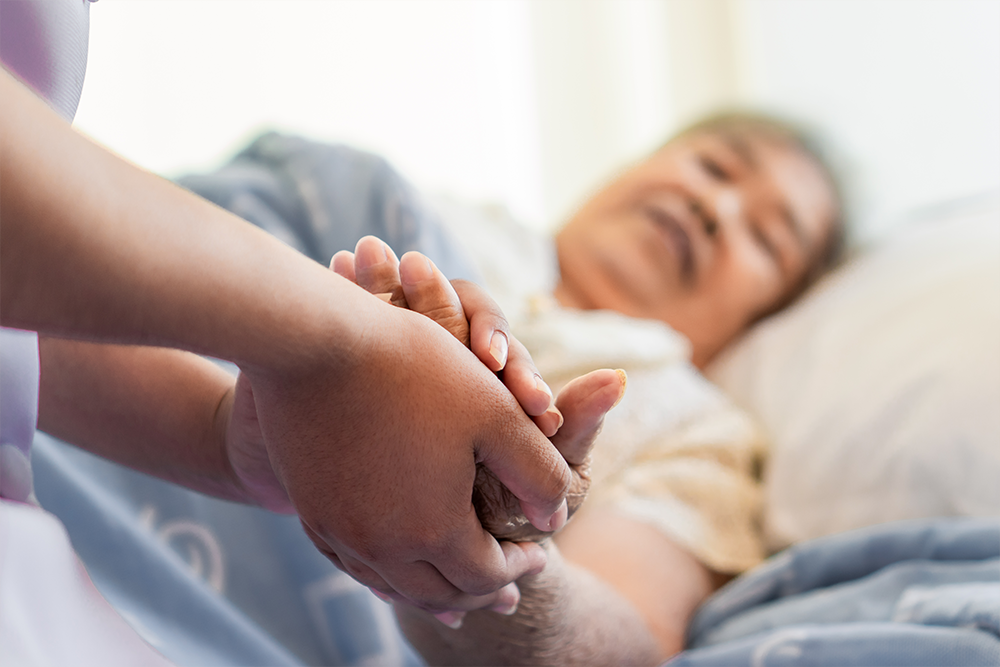Contact Us




Several types of illnesses can leave a patient bedridden. While as a family member or a caretaker you may take care of a patient’s every need, but bedsores are inevitable in many cases. Before we learn how to tend to a patient, let’s talk about what are bedsores?
Bedsores often affect the skin covering the bony areas of the body. Constant pressure on the area for a long time lessens the blood flow to the affected area, which often leads to tissue damage and tissue death. Apart from pressure, even friction against clothes or bedding can cause bedsores in addition to the movement of skin against a fixed surface like a bone.
A patient’s risk of developing bedsores increases if apart from being bedridden they cannot change their positions without assistance, and always use a wheelchair have an increased chance of getting bedsores.
However, there are other factors that increase the risk of getting bedsores:
Once the patient has bedsores, the area takes a lot longer to heal due to the added pressure and if not treated on time it can also affect the muscle, fat, and bone along with the skin.
Which areas of the body are susceptible to bedsores?
However, if the patient is confined to a wheelchair for the majority of the day— pay special attention to the areas in constant touch with the chair like the back of the arms, thighs, and legs.
Which signs and symptoms should you look out for?
Apart from the above symptoms, also pat the skin of the bony areas to feel areas of the skin that either feel cooler to warmer to touch than the other areas.
How can you make the patient feel better?
Shifting positions the patient in a chair or a bed is a must to help relieve the pressure from bedsores. Here is how you can help the patient with repositioning-
While you can make the patient comfortable by taking care of them, as a caregiver, you should never ignore the signs of bedsores. If you spot signs of bedsores, change the patient’s position to relieve the pressure from the area. However, if you don’t see improvement in 24 to 48 hours then consult your patient’s doctor for further instructions. In case you see signs of infection such as increased redness, swelling, fever, or pus drainage that smells bad—immediately contact the doctor or the nearest hospital.
However, serious bedsores can be avoided with timely care. Prevent your patient from getting bedsores by repositioning them frequently, avoiding stress-pressure on the skin, maintaining skin health, giving the patient a nutritious diet, monitoring their fluid intake, and having them exercise daily. With proper attention, you may be able to avoid bedsores altogether. Still, if you need help, let our qualified and experienced nurses assist you in taking care of your patient. Choose our Nursing Care service available in 12 to 24 hours shifts to suit your requirement and provide your loved ones with the complete care they deserve.